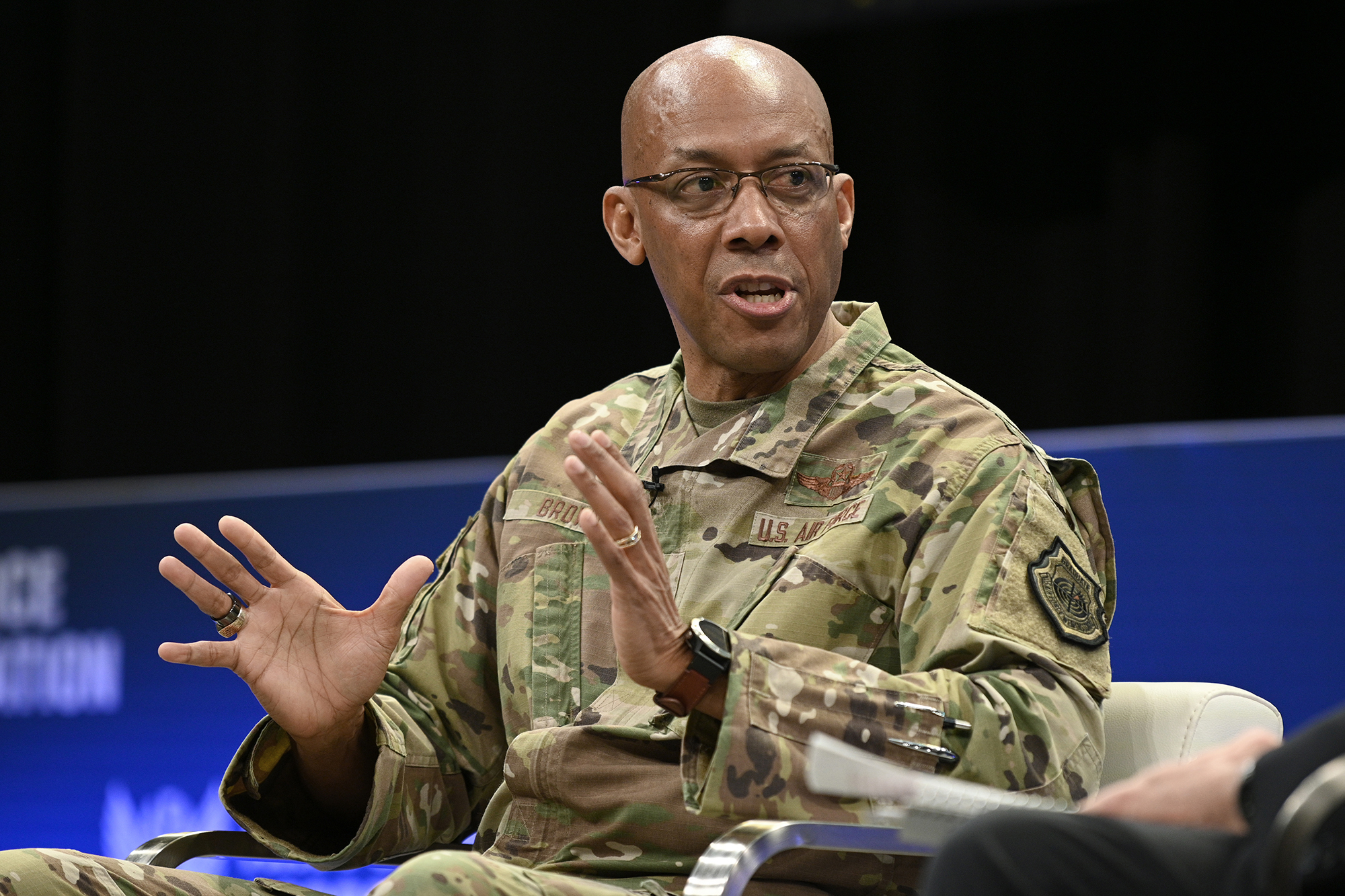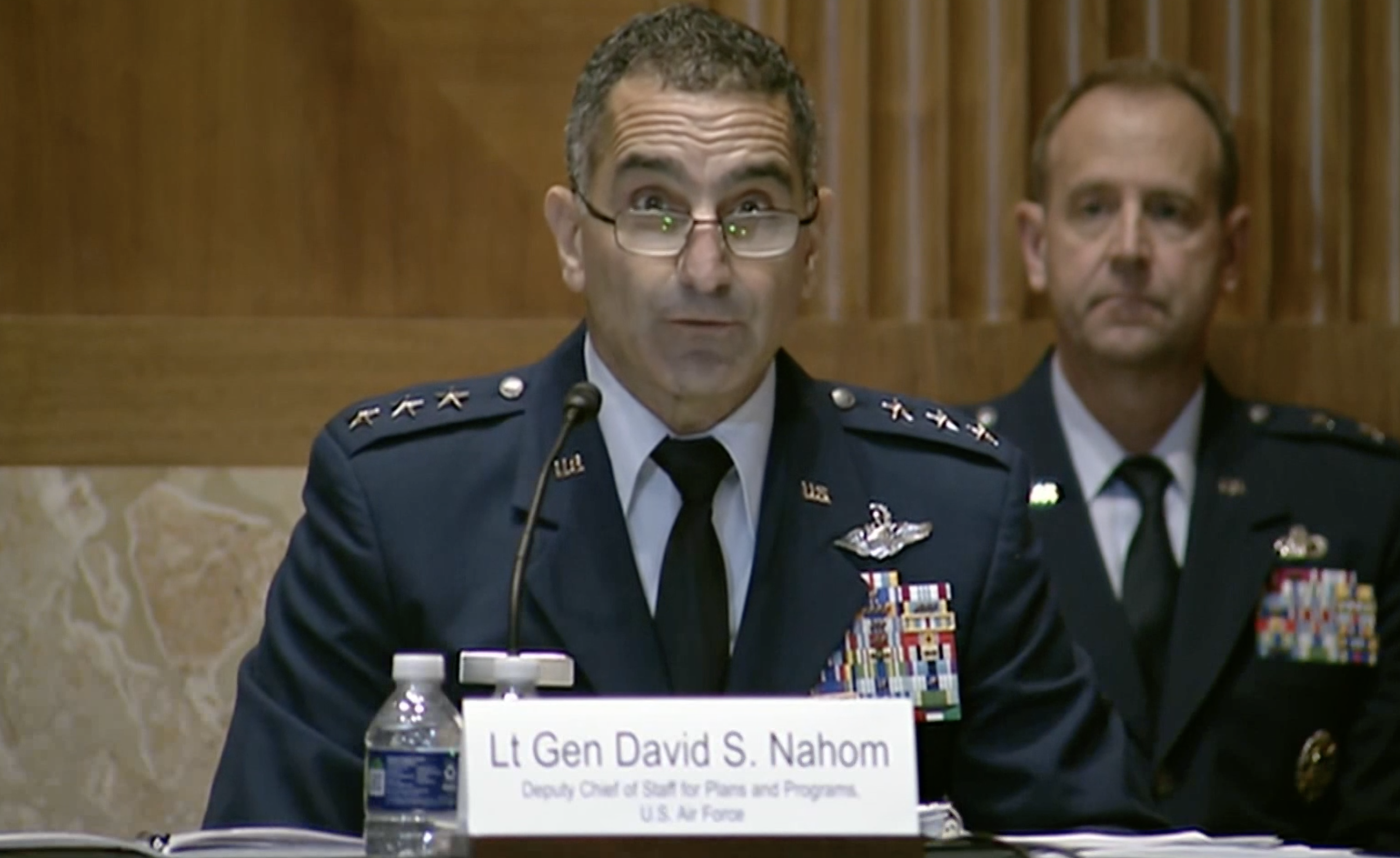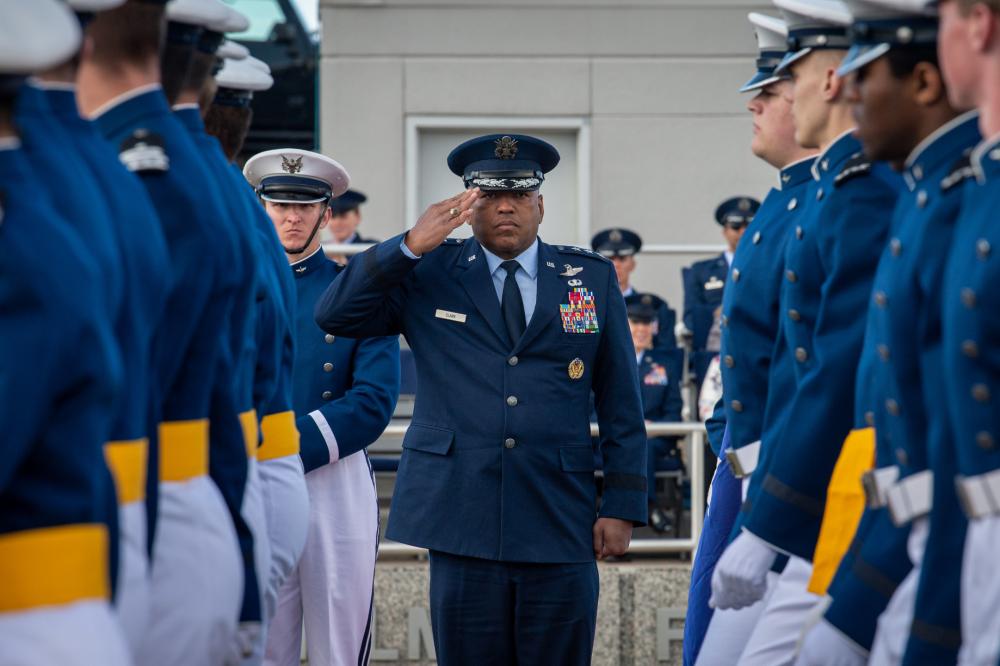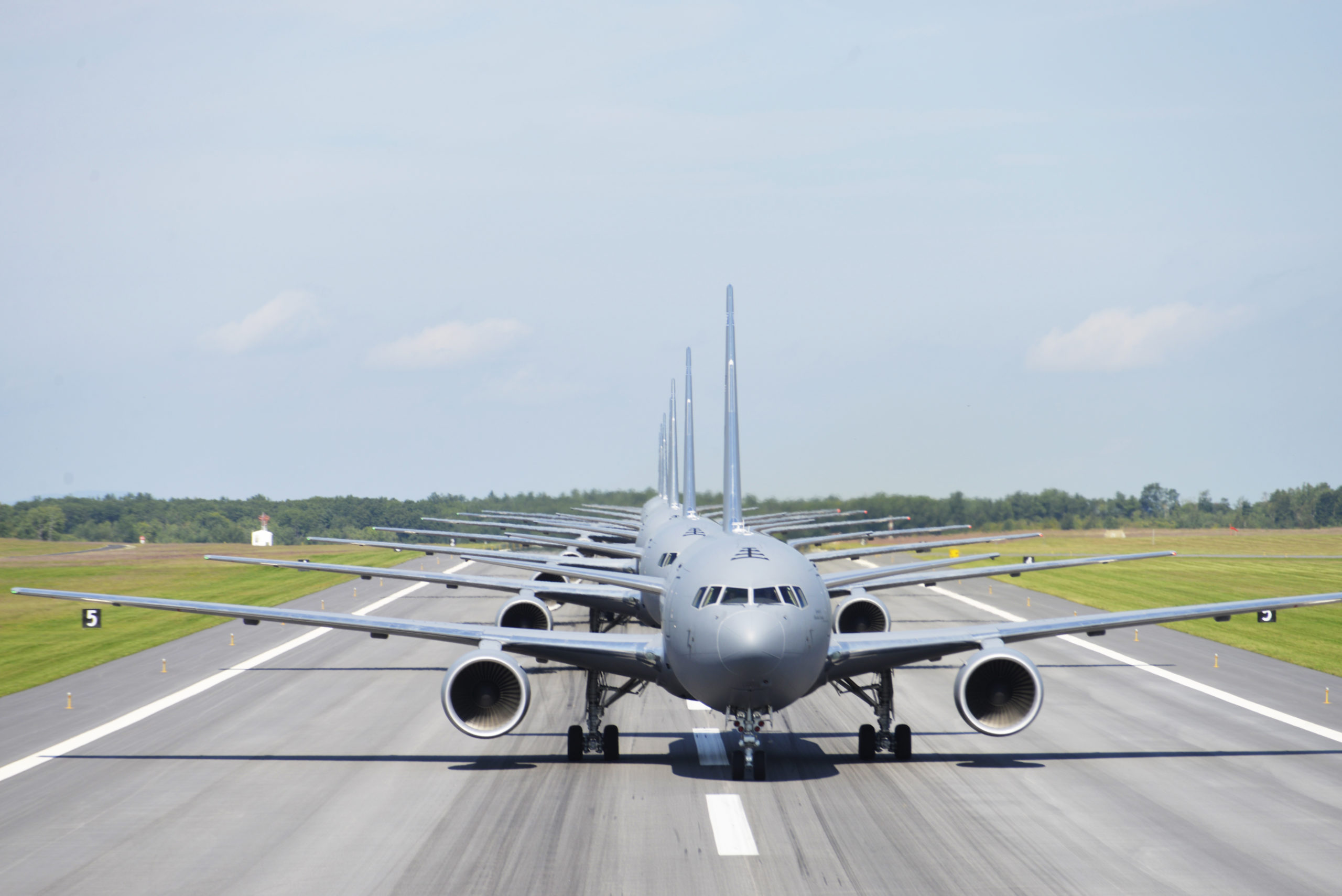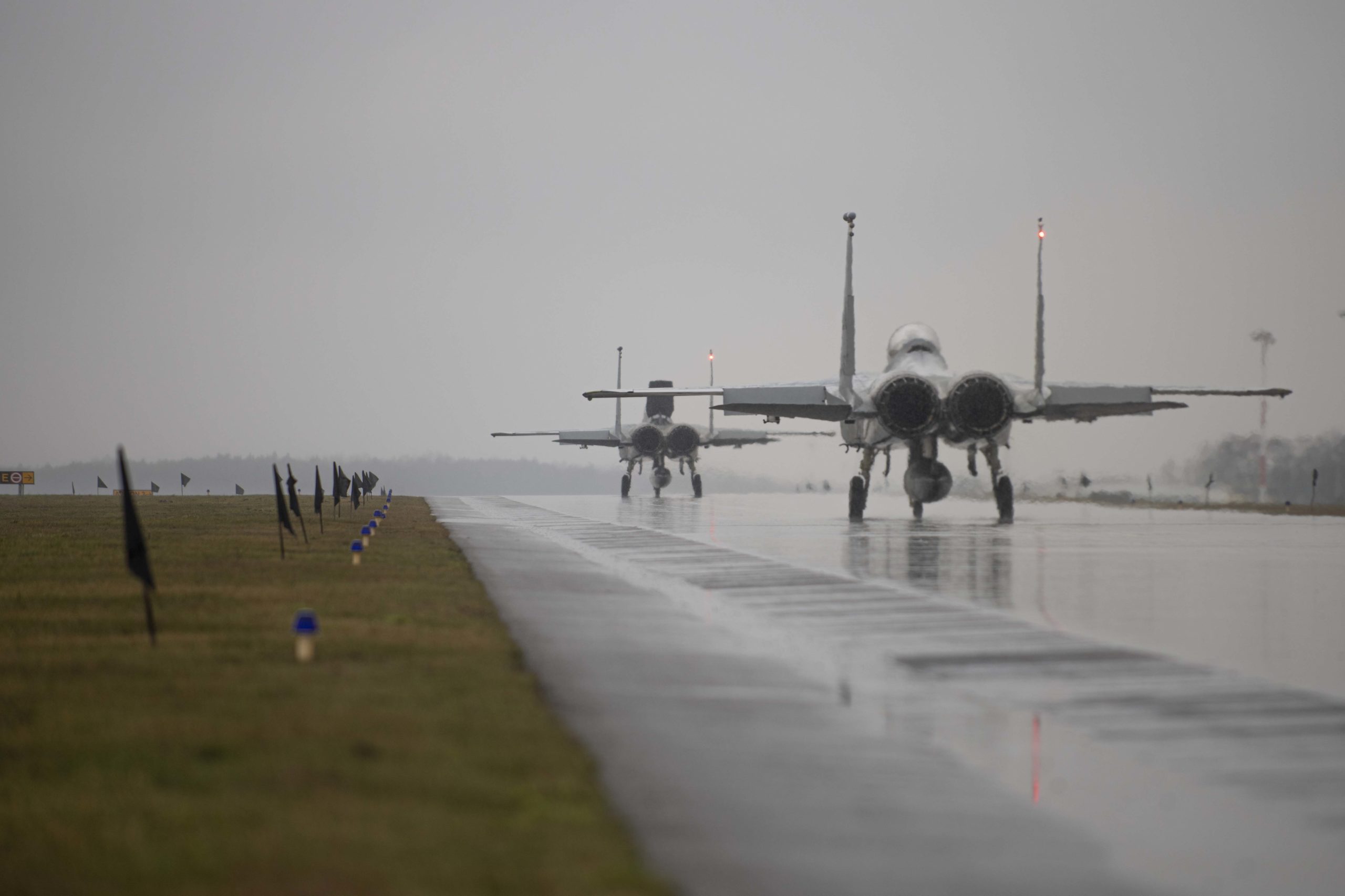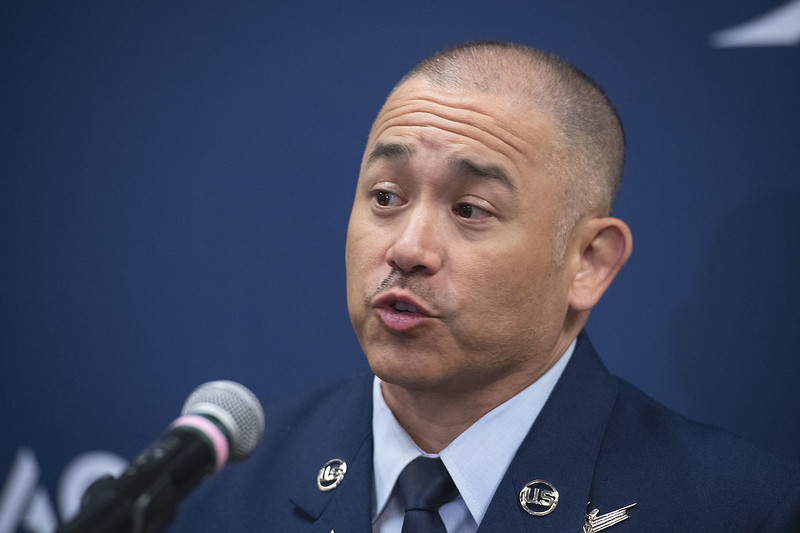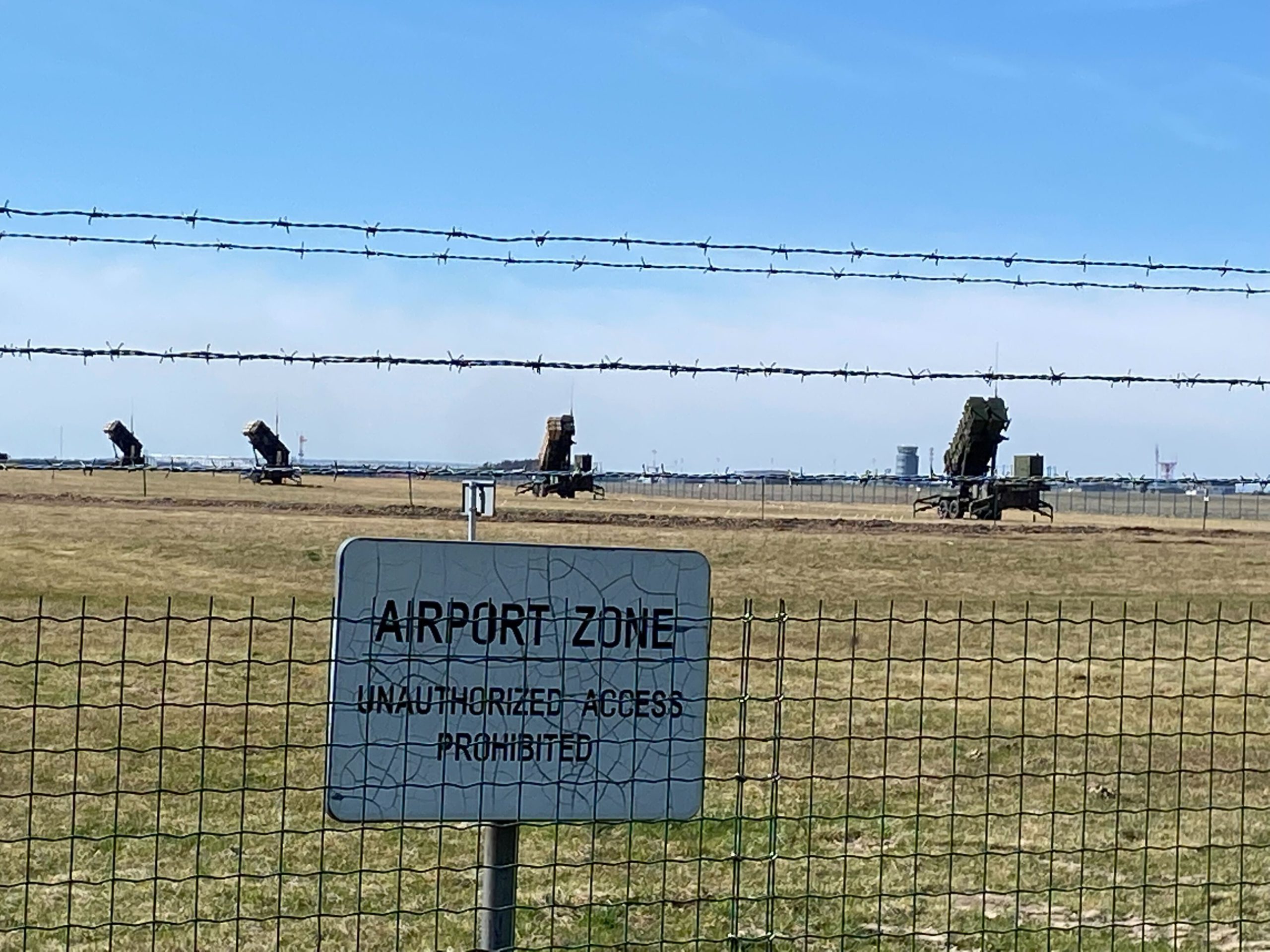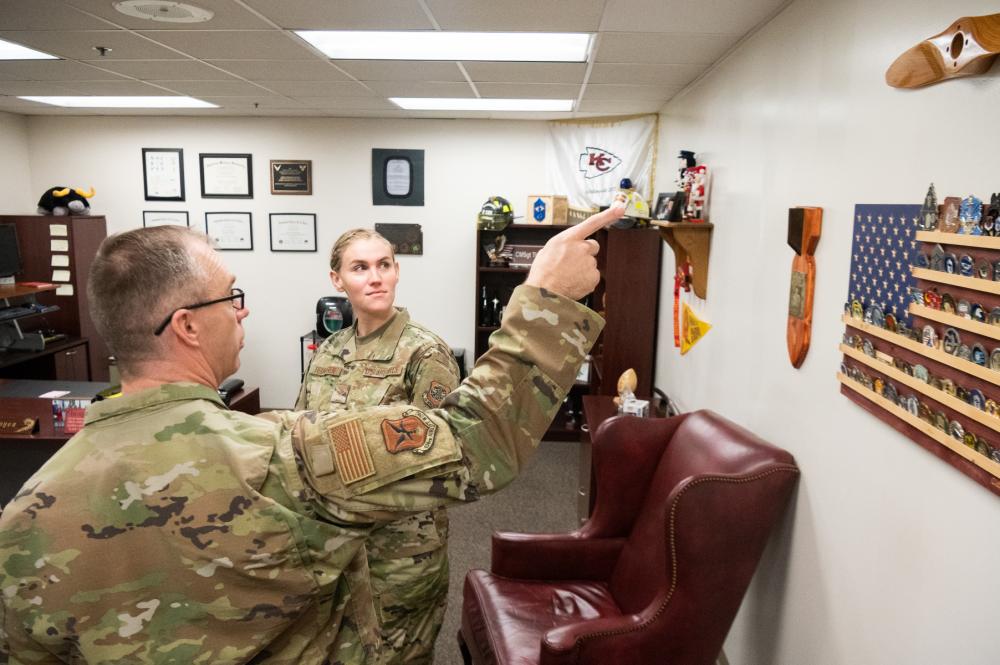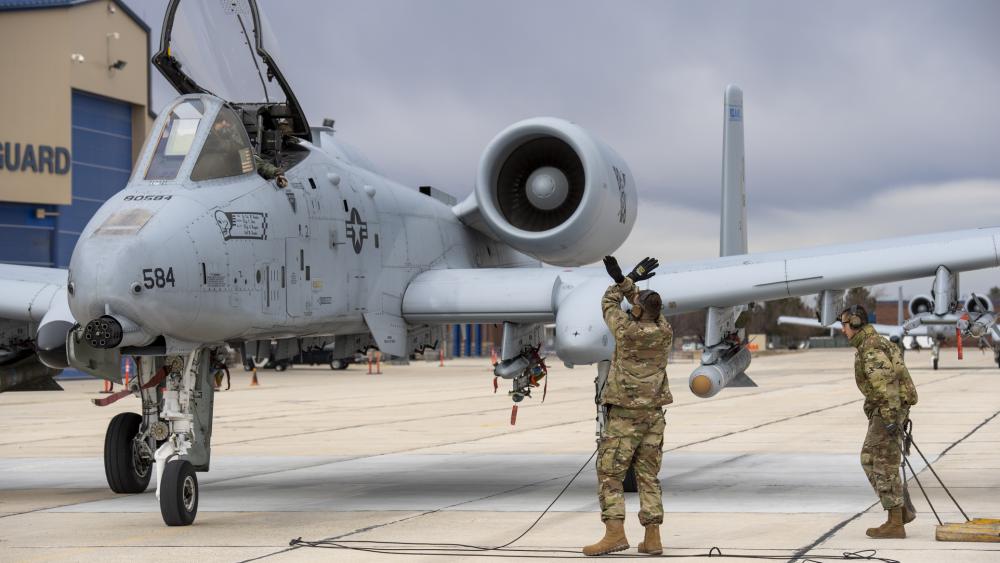Russia’s mounting losses of conventional equipment in the Ukraine war—and its likely inability to replace that hardware anytime soon, due to economic sanctions—won’t substantively change how the U.S. views the threat from that country, according to Air Force Chief of Staff Gen. Charles Q. Brown Jr. That’s because the threats posed by Russia’s nuclear, chemical, and biological capabilities remain unchanged.
“You have to look at the threat holistically,” Brown told reporters during an April 12 media roundtable. “We can’t take the threat and separate … conventional and nuclear. … It’s all together.” That fact keeps Russia as an “acute” threat, Brown said, using the word applied in the new National Defense Strategy.
Moreover, “the fact that they’ve struggled, conventionally, may put the risk of nuclear/chemical/bio use at a higher level. So in some cases, it makes it a bit more unpredictable, and it puts the threat in a different context that we need to be concerned about,” he said. Senior Pentagon officials have speculated that continued humiliation of Russia’s army by the lesser-equipped Ukrainian forces, and Russia’s disorganized and overall clumsier operations, may provoke harsher measures from the Russians, such as chemical or nuclear weapons use.
Asked if Russia’s losses affect how the Air Force should invest in its European capabilities, Brown said, “not necessarily.”
“If we look at the 2018 national security strategic guidance … we already focus on [China] as the pacing challenge [and] Russia as an ‘acute’ threat,” Brown said. “Might there be some tweaks? I don’t see a wholesale change. Because these are things we’ve already been thinking about. … We’ve been thinking about it for the past several years as we started coming out of the Middle East,” he said, and conditions have already largely been accounted for in USAF posture.
Brown said the Air Force has been paying close attention to the Russian invasion of Ukraine—as have others—and “we’re all learning,” he said.
“We learned some things, based on what we’re watching and what we’re seeing. We all will. And it may drive some adjustments” in USAF’s long-range plans, “but I don’t see it making a wholesale change.”
Since the Russian invasion began in mid-February, various organizations have counted Russia’s losses at a low of 460 armored vehicles to a high of 2,000 vehicles. Aircraft losses number about 45, according to various international defense-watcher organizations, including eight Su-25 attack fighters, three Su-30s, four Su-34s, and an Su-35, the latter of which is counted as Russia’s top operational fighter. The list also includes an An-26 transport, 16 transport and attack helicopters, and a handful of unmanned drones. Russia has also lost its Black Sea flagship heavy cruiser—the Moskva—and a number of smaller vessels.
Under economic sanctions levied by the U.S. and other nations, Russia is blocked from importing a number of key aerospace materials and technologies, including microprocessors, and is strapped for hard currency, making it difficult for Russia to reconstitute lost equipment in the near future.
Asked whether Russia’s logistical failures in Ukraine—with armored columns outrunning their fuel, food, and ammunition supplies and having to abandon equipment—had prompted USAF to reconsider its own logistics, Brown said it has only underscored that USAF has to “think differently” about how it deploys for war.
“I think we do a pretty good job” on logistics, Brown said, but “I think it’s going to help us as we have a conversation both internal and external to the force.” The focus will be not just on logistics for USAF but “also for the teammates or allies and partners.”
Brown said the Air Force is investing more in pre-positioning of heavy items such as fuel and water, and emphasizing agile combat employment packages that focus on combat aircraft, munitions, parts, and essential maintenance gear. This will also contribute to readiness, he said. Rather than a unit “shut down” and ship all its operating kit to a deployment location, conduct an exercise, and then be unable to resume home-base activities while it waits for the return of that gear, it can instead take only a minimal amount, use pre-positioned materiel, and be ready to resume home-base activities almost right away.
The Air Force will also have to come up with other new logistical ideas unique to the theater.
“It’s going to be more dynamic,” he said, “because the distances are much longer” in the Pacific than in Europe, which has road and rail to take some of the load.
